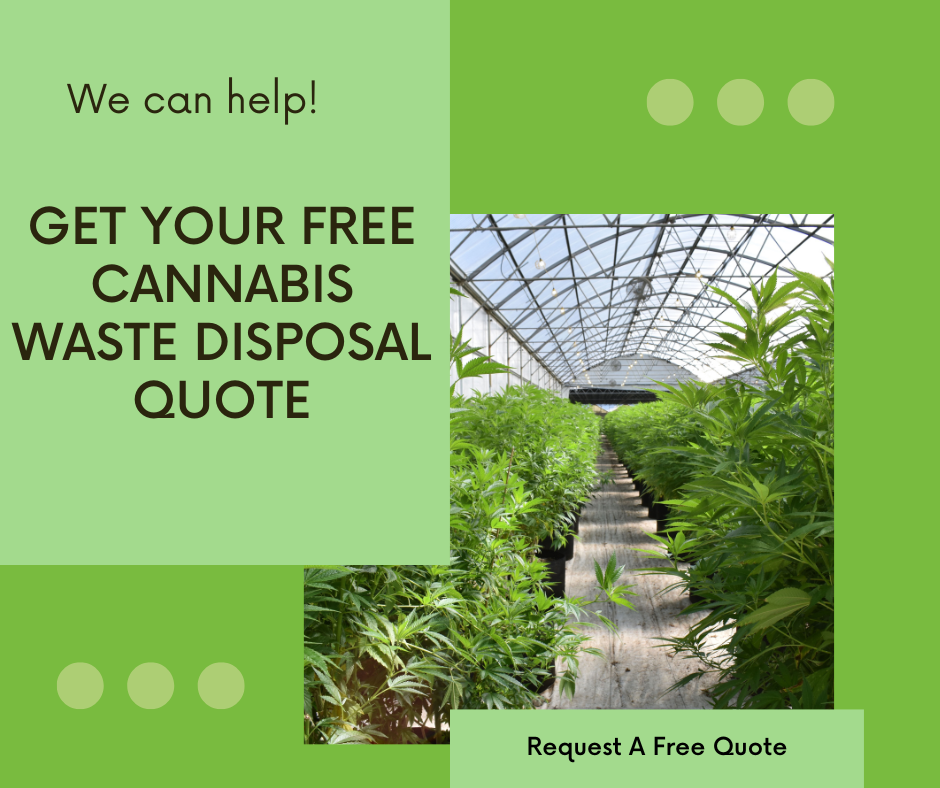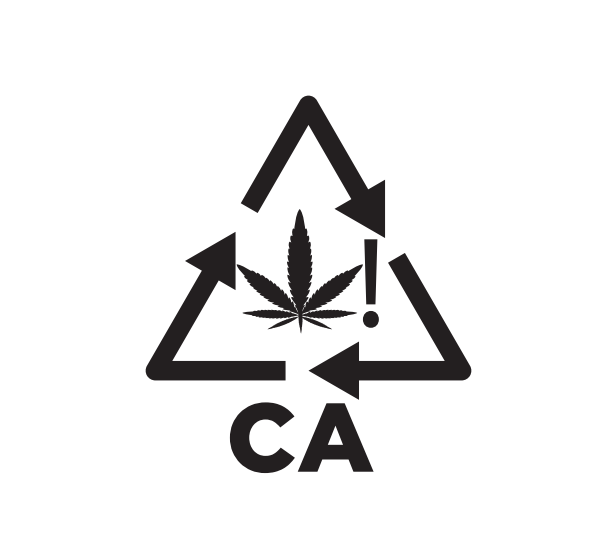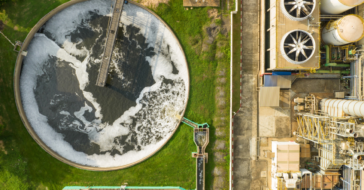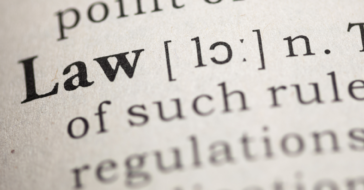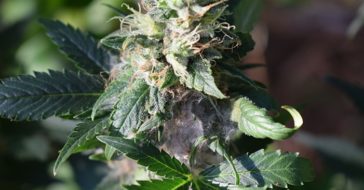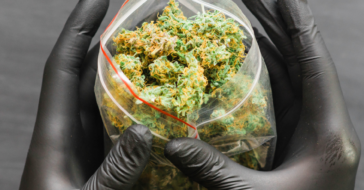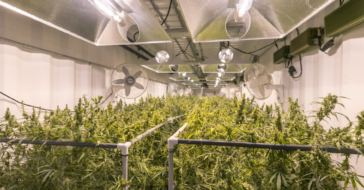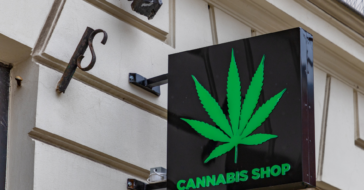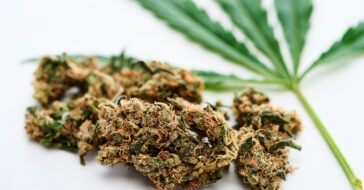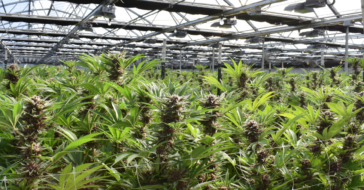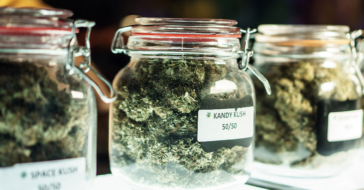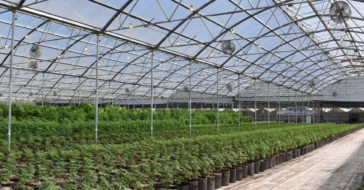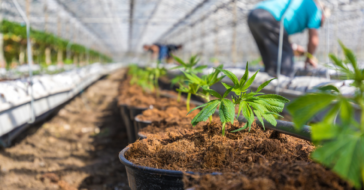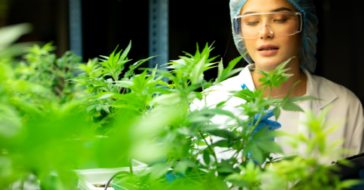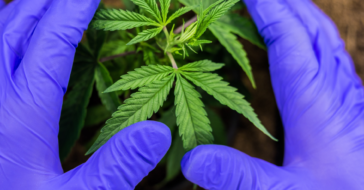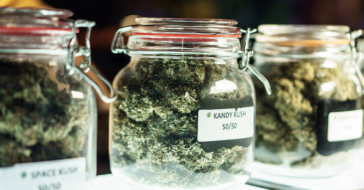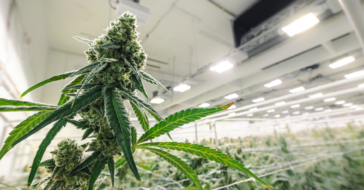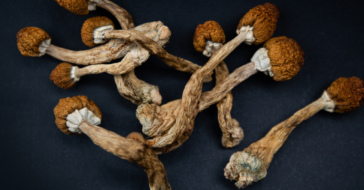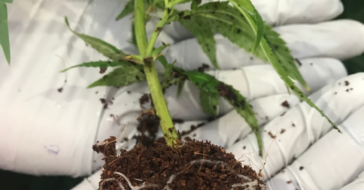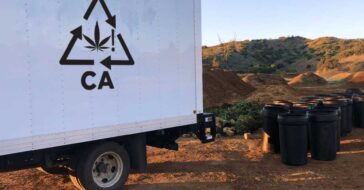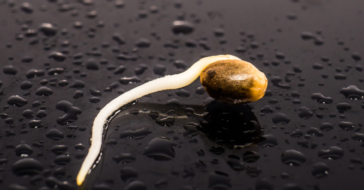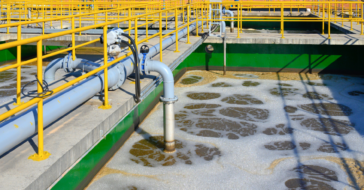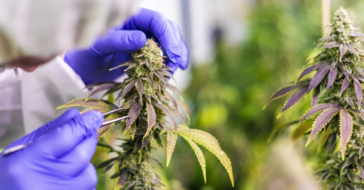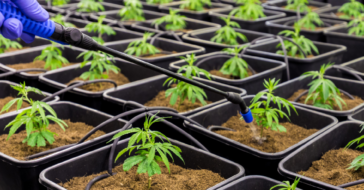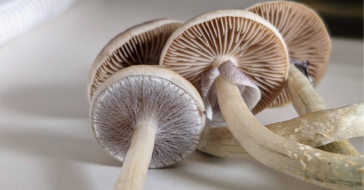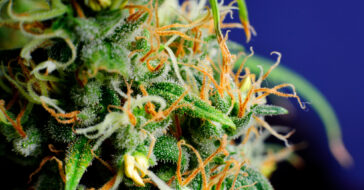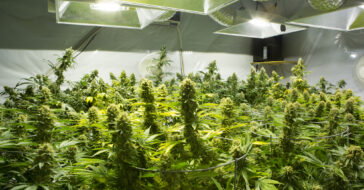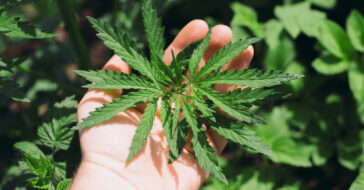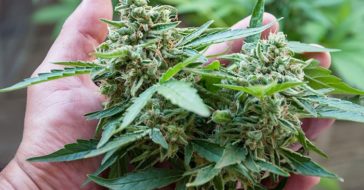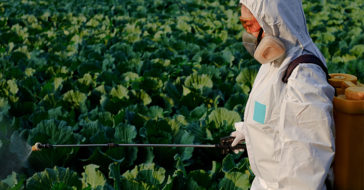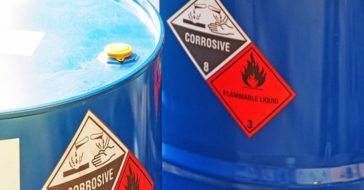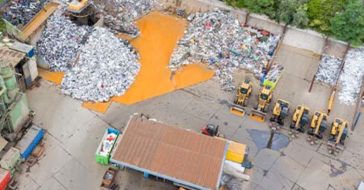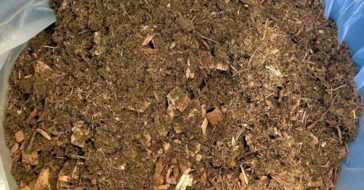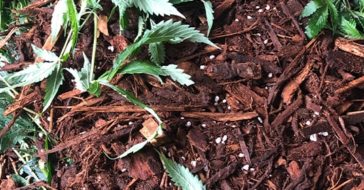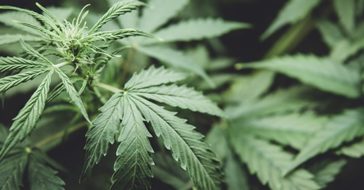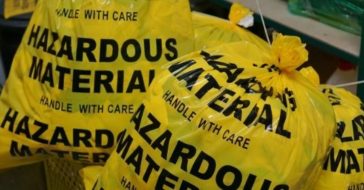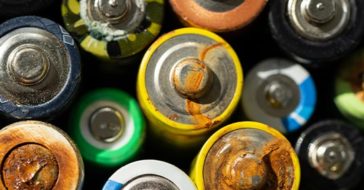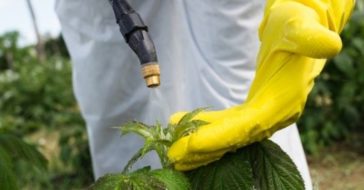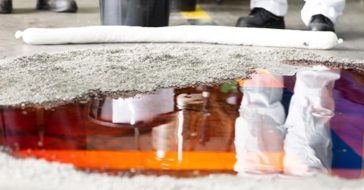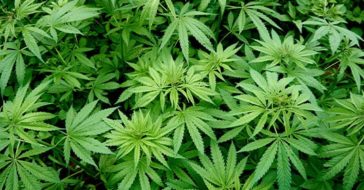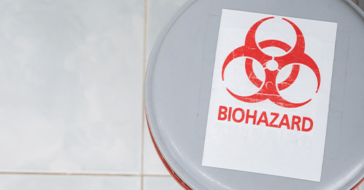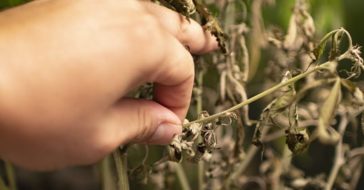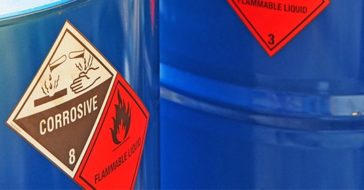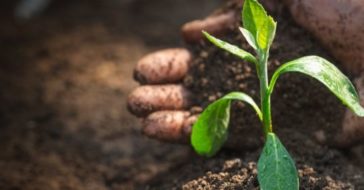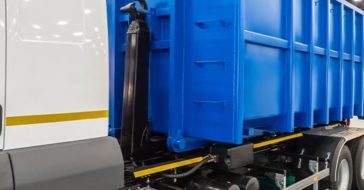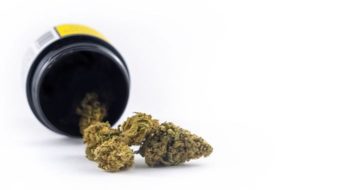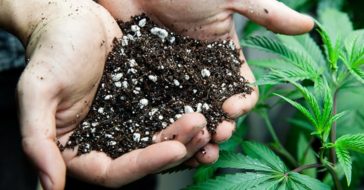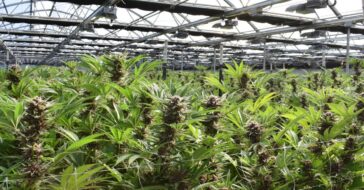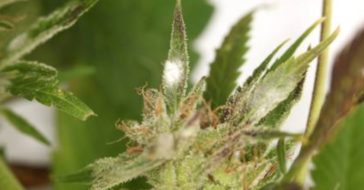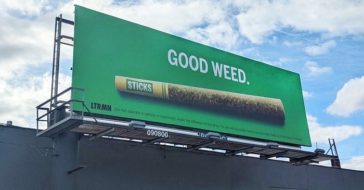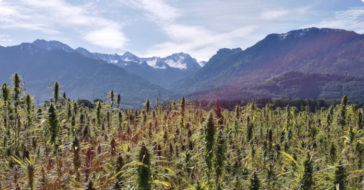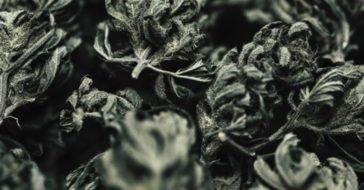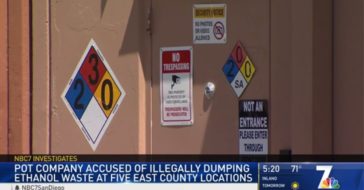Leaves of cannabis are used in various ways, with fan leaves often discarded or composted due to their low cannabinoid content. Sugar and trim leaves are utilized for making extracts, concentrates and edibles due to their higher cannabinoid levels. Lower-quality trim may be composted or used as mulch.
Leaves from cannabis plants that are not used in any of the above processes need to be properly disposed of according to local regulations, especially in commercial operations. This often involves shredding and mixing with other waste to render it unusable.
If you’re a cannabis producer, extractor or manufacturer, it’s important to follow local regulations for waste disposal to ensure compliance and environmental safety. Below is an overview of how cannabis leaves are used in the popular industry today and what you need to know about making sure these green byproducts are disposed of properly.
Leaves Of Cannabis Uses
During the production of cannabis, the leaves go through various stages depending on their type and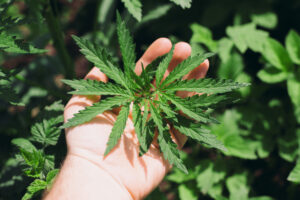 intended use.
intended use.
Fan leaves, which are large and primarily help in photosynthesis, are typically removed before or during harvest. These leaves are usually discarded due to their low levels of cannabinoids, though some may use them for composting or making low-potency products like teas or topicals.
Sugar leaves, which are smaller and found closer to the buds, are often covered in trichomes containing cannabinoids like THC and CBD. During the trimming process, sugar leaves are removed from the buds and collected for making extracts, concentrates or edibles.
Trim leaves, which include both sugar leaves and some smaller fan leaves, are collected post-harvest. These can be used for various purposes, including extraction of oils and concentrates, infusion into butter or oil for edibles, or composting for lower-quality trim.
Leaves that are not used in any of these processes need to be properly disposed of according to local regulations, especially in commercial operations. This often involves shredding and mixing with other waste to render them unusable. Overall, the handling of cannabis leaves during production varies, but many parts of the plant are utilized to maximize yield and efficiency.
Rendering Leaves Of Cannabis Unusable
Leaves of cannabis are disposed of according to local regulations. In California, cannabis operations must render them unusable, which often involves shredding the leaves and mixing them with other waste materials.
This process ensures that the waste cannot be diverted for unauthorized use. In commercial operations, this process is also crucial for maintaining compliance with legal requirements and promoting environmental safety.
What exactly does “rendering unusable” mean? Rendering cannabis leaves unusable means processing them in such a way that they cannot be used for their intended purpose, such as consumption or extraction.
The process makes it impossible to extract cannabinoids or use the leaves for any beneficial purpose. Rendering leaves unusable ensures that the waste is compliant with legal disposal requirements and prevents unauthorized use or diversion.
A hazardous waste disposal company may be needed to ensure proper disposal of cannabis leaves and other waste products, particularly in commercial operations. These companies are equipped to handle the disposal process in compliance with local regulations, which often include specific requirements for rendering the waste unusable and ensuring environmental safety.
Leaves Of Cannabis Disposal
Finding the right disposal company for your cannabis business is important. Here are 7 steps to guide you in selecting a suitable disposal partner:
- Research local regulations. Understand the specific waste disposal regulations in your area. These can vary widely by region and may include requirements for shredding, mixing with other waste, or special handling procedures. Ensure that any company you consider is well-versed in these local laws.
- Verify credentials and licenses. Look for companies that are licensed and certified to provide cannabis waste solutions. This typically includes having permits for hazardous waste disposal and a good track record of compliance with environmental regulations.
- Evaluate experience and expertise. Choose a company with experience in handling cannabis waste. The company should have a clear understanding of the unique challenges and requirements of cannabis disposal, including rendering waste unusable and tracking the disposal process.
- Check references and reviews. Ask for references from other cannabis businesses and check online reviews. Positive feedback from other industry players can give you confidence in the company’s reliability and service quality.
- Assess their process. Inquire about the disposal methods they use. Ensure they follow the necessary steps to render cannabis waste unusable, such as shredding and mixing with other materials. Confirm that their processes align with environmental safety standards.
- Consider logistics and costs. Evaluate their service offerings in terms of pickup frequency, transportation and overall costs. Ensure their services fit within your operational needs and budget. Transparent pricing and a clear contract are essential to avoid any hidden fees or misunderstandings.
- Check customer service. Good customer service is crucial. The company should be responsive, able to answer your questions and provide support when needed. A reliable disposal partner will offer clear communication and be proactive in keeping you informed about cannabis compliance in California.
By taking these steps, you can find a disposal company that not only meets regulatory requirements but also supports your cannabis business in maintaining a clean and compliant operation.

